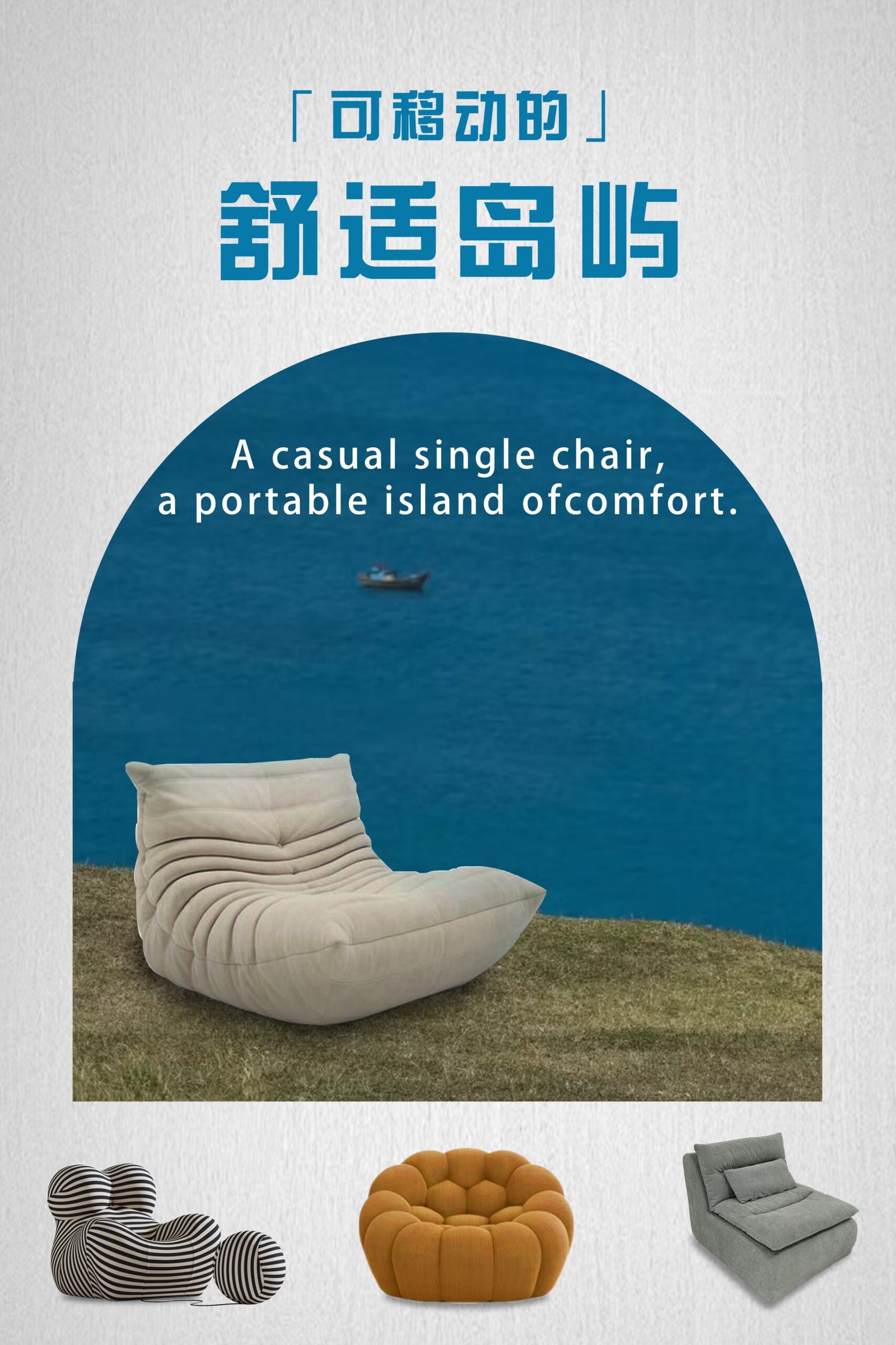
If your supplier can't deliver on time, you're not just losing sales—you’re damaging your brand.
To evaluate a compressed sofa supplier’s production capacity, you must assess their facility size, staffing, equipment automation, monthly output, and seasonal planning ability.
Here’s how I learned to verify a supplier’s true capabilities—and avoid costly surprises.
What does production capacity really mean?
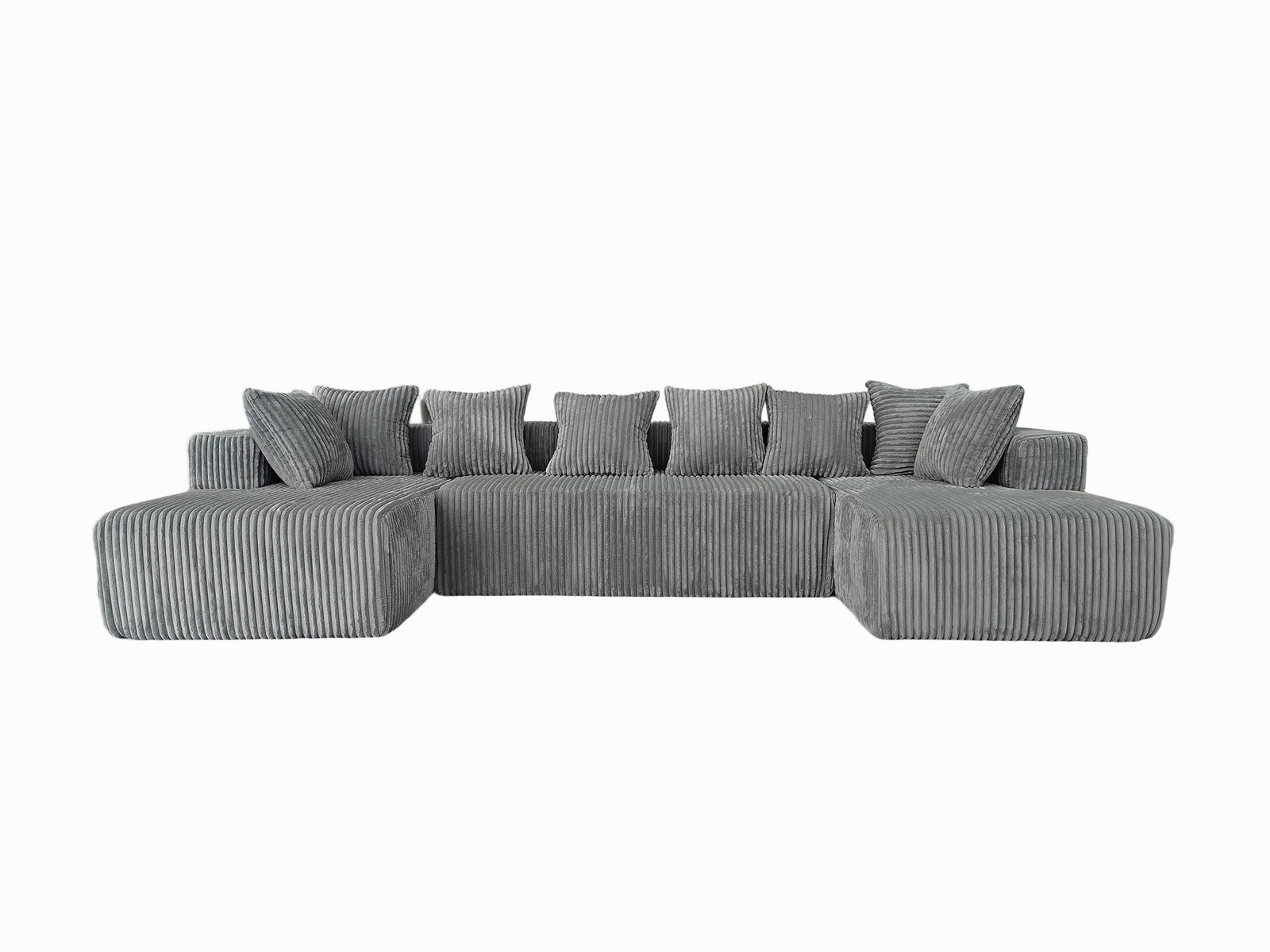
Don’t confuse factory size with production strength. A large building doesn’t always mean high output.
Production capacity is a supplier’s ability to consistently produce and deliver a specific number of sofas within a given time frame, while maintaining quality.
To get real insight, you need to look at:
- Monthly sofa output (actual vs. theoretical)
- Machine and worker utilization rates
- Bottlenecks in the production line
- Response time during peak seasons
We’ve had factories tell us they could produce 5,000 sets per month—then struggle to hit 2,000 when orders arrived. Why? No system. No planning.
What should you ask before partnering?

Before signing any deal, ask these questions and insist on documentation:
Key Evaluation Questions:
| Question | Why It Matters |
|---|---|
| What is your monthly production volume? | Reveals their average capacity—not theoretical. |
| How many compression machines are in use? | Determines their peak throughput. |
| Can you share last year’s peak season output? | Shows how they handle stress. |
| What’s your maximum daily shift schedule? | Uncovers their staffing model. |
| How fast can you scale up if I double my order? | Measures flexibility. |
Always ask for a factory capacity sheet and a production schedule calendar. At HSM, we openly provide both.
How do automation and equipment affect output?
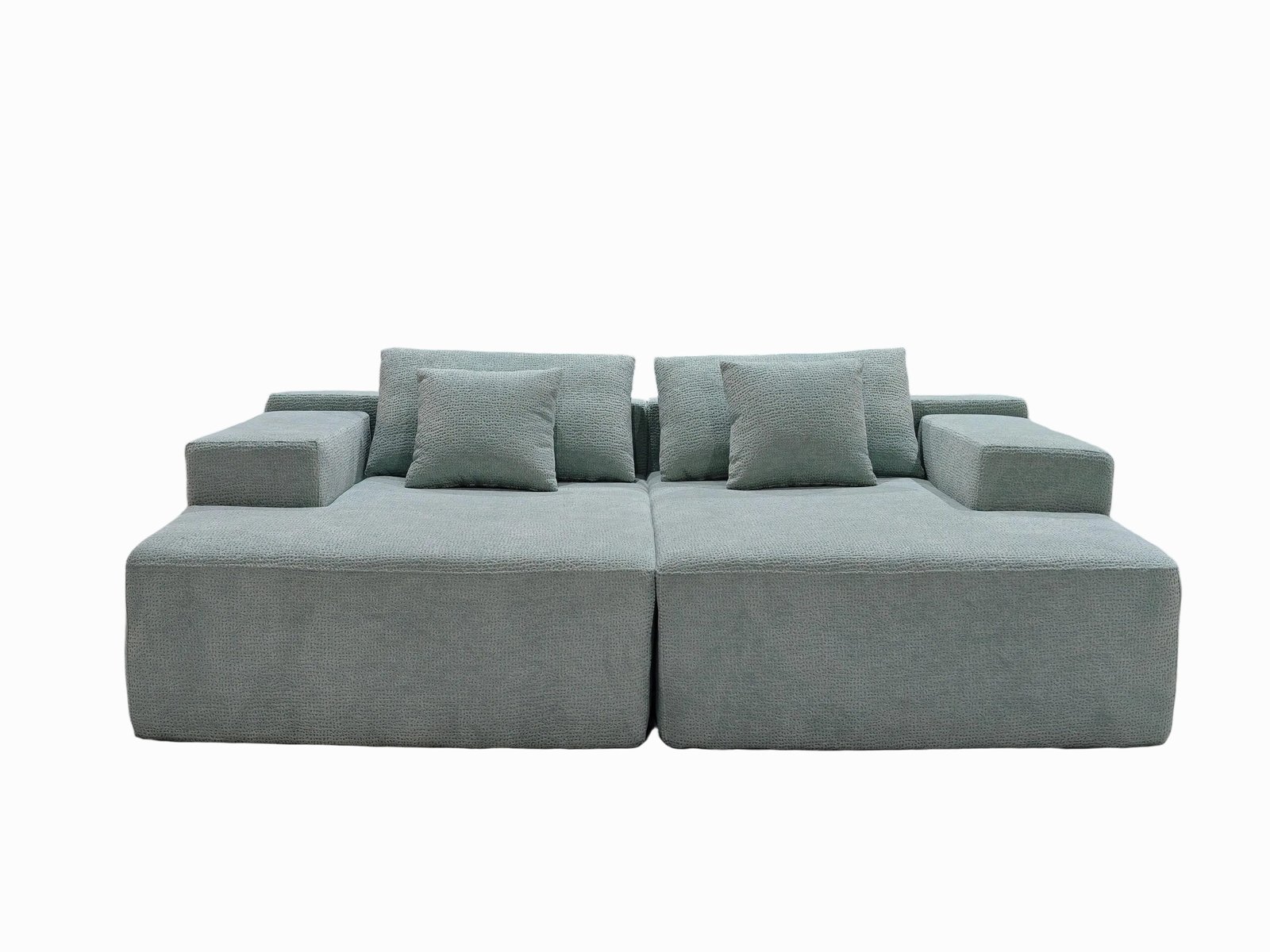
Automation is the biggest multiplier of capacity. Manual assembly can't compete in speed or consistency.
Suppliers with automated cutting, gluing, and compression lines can scale faster and reduce lead times significantly.
Compare Automation Levels:
| Process | Manual Supplier | Automated Supplier |
|---|---|---|
| Foam cutting | 50 sofas/day | 200 sofas/day |
| Fabric sewing | 40 sets/day | 120 sets/day |
| Compression & packing | 100 sets/day | 350 sets/day |
When we upgraded to CNC cutting tables and automated film wrappers, our daily output jumped 3x.
What’s a good production capacity for your order size?

Your ideal supplier depends on your business model.
Benchmarks:
| Buyer Type | Monthly Volume Needed | Ideal Supplier Capacity |
|---|---|---|
| Amazon Seller | 100–500 sets | Small to medium factory (2,000 sets/month) |
| Distributor | 500–2,000 sets | Mid-size factory (5,000 sets/month) |
| Brand Chain Store | 2,000+ sets | Large factory (10,000+ sets/month) |
Don’t overmatch or undermatch. A factory that’s too small may delay you; one that’s too big may deprioritize you.
How do you verify actual output?
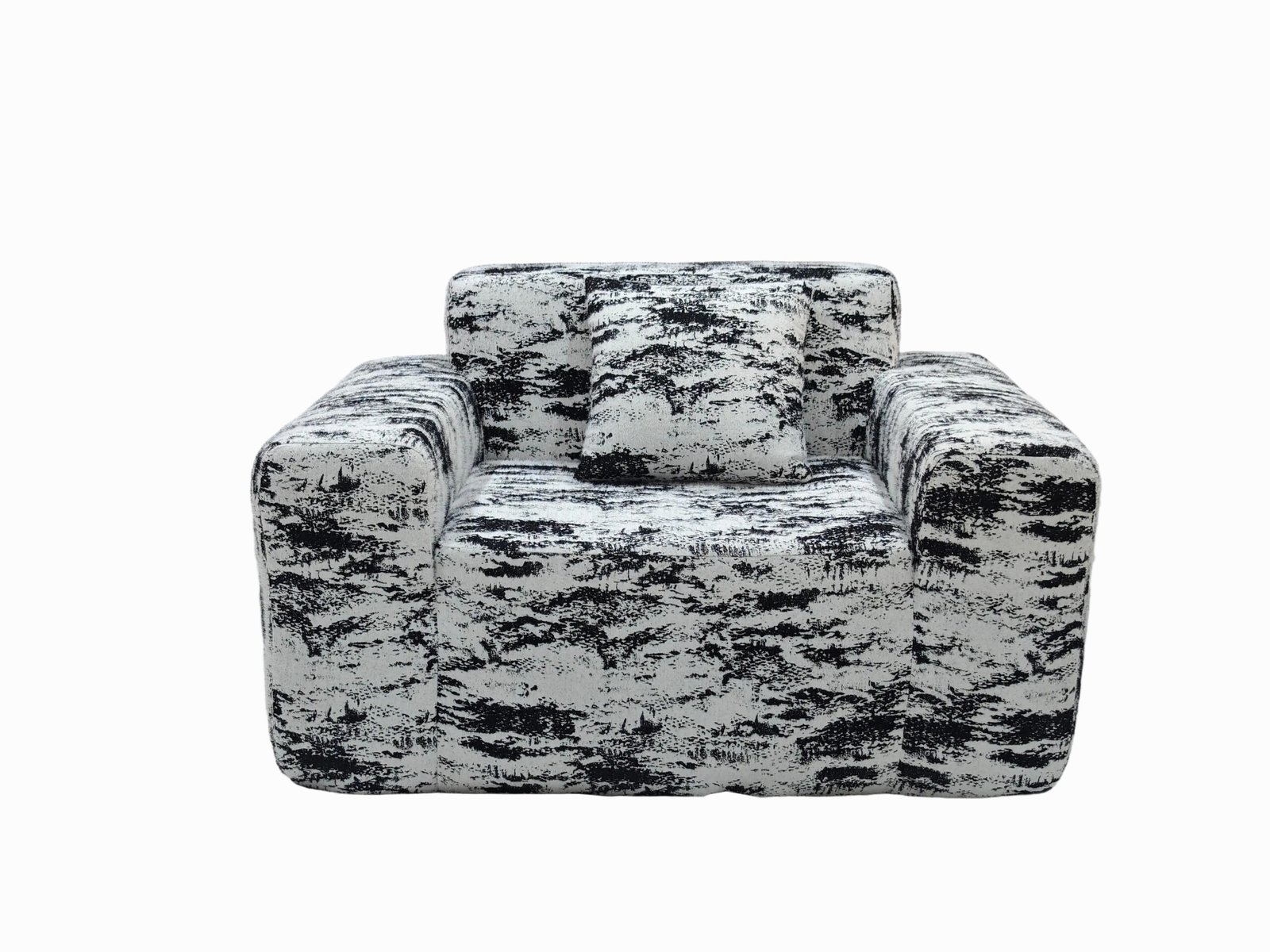
Suppliers will always promise big numbers. You need real proof.
Verification Methods:
- Visit the factory during production
- Ask to see the daily production board
- Check completed order logs (past 3 months)
- Request a time-stamped video of their packing line
At HSM, we use real-time ERP dashboards. Buyers can log in and view daily completion stats, broken down by SKU.
How do suppliers handle seasonal spikes?
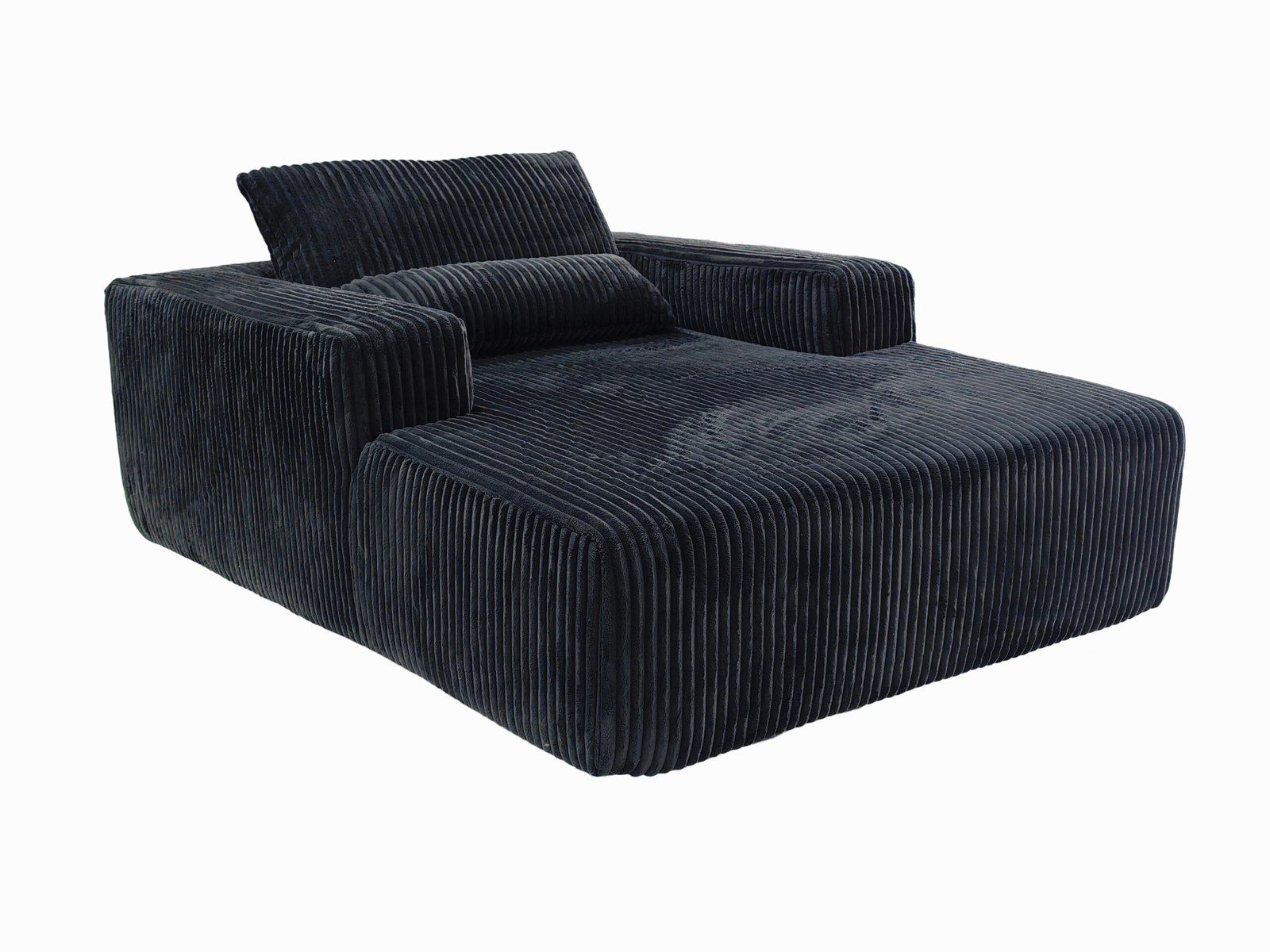
Peak seasons (like August to November for holiday prep) break weak suppliers.
Strong suppliers plan production buffers, cross-train staff, and preload material stock for Q4 surges.
Ask:
- When do you start peak-season production planning?
- Do you have buffer stock for frames and foam?
- Can you scale to 120% of normal output during busy months?
We plan 3 months ahead at HSM and maintain a 15% raw material buffer to absorb spikes.
Can the supplier grow with your business?

You don’t just need capacity today—you need room to grow.
Choose a supplier who can scale with your future demand without compromising quality or delivery.
Look for:
- Recent facility expansions
- Ongoing hiring or equipment investment
- Subcontracting or backup lines
In 2022, we opened a second automated workshop. That helped us support 3 new brand clients without delays.
Red flags to avoid
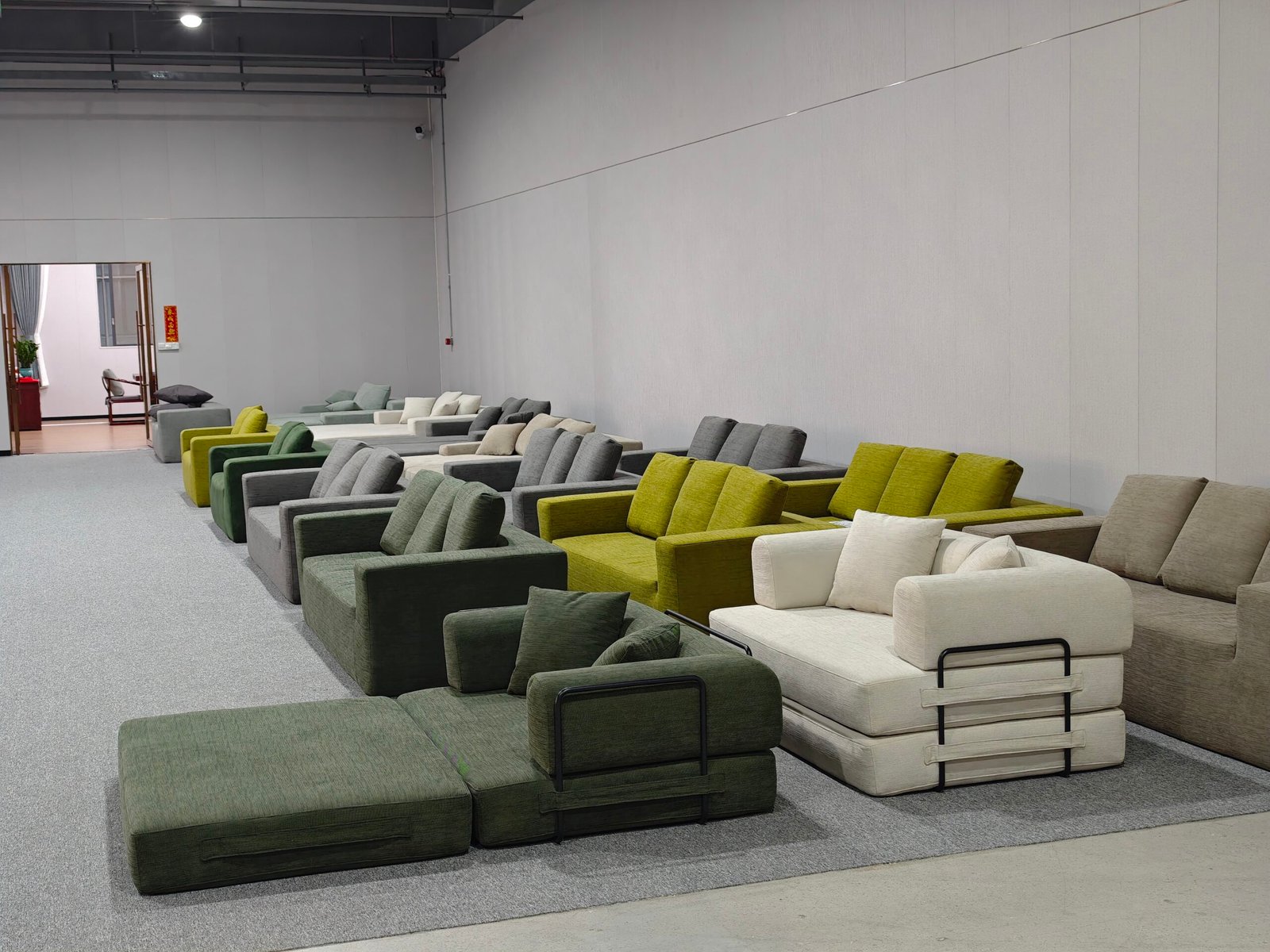
Some signs that your supplier might not deliver:
- No updated production records
- Capacity numbers without proof
- Only one compression line for thousands of units
- Vague answers about seasonal planning
If they can’t give you a factory layout map and production flowchart, be cautious.
Conclusion
A compressed sofa supplier’s true capacity is more than a number—it’s a system.